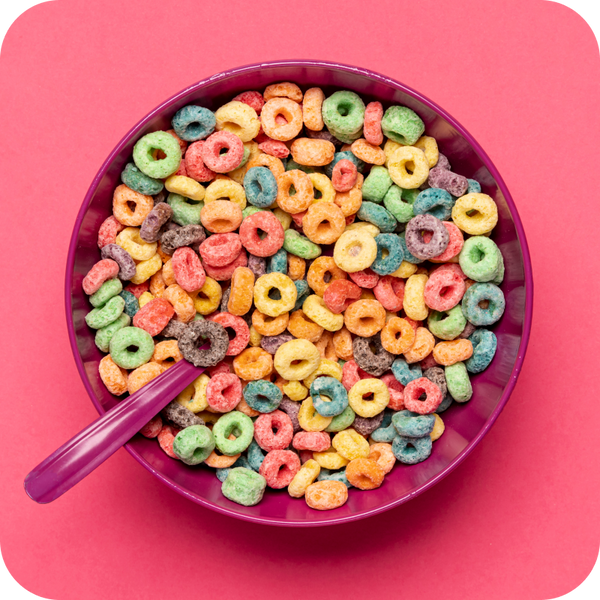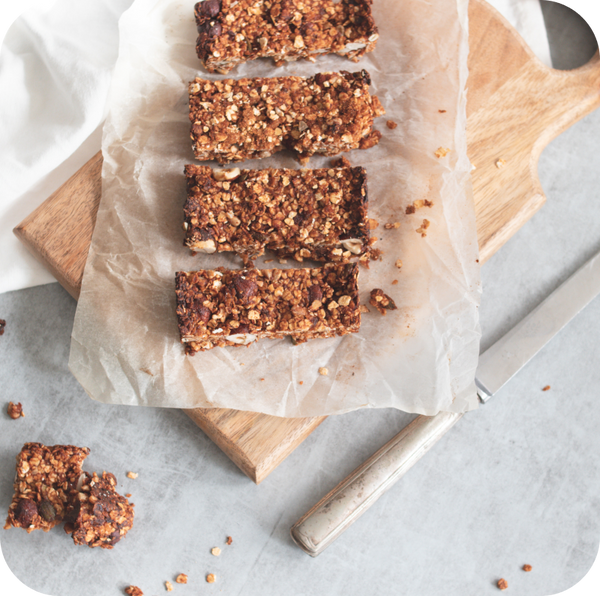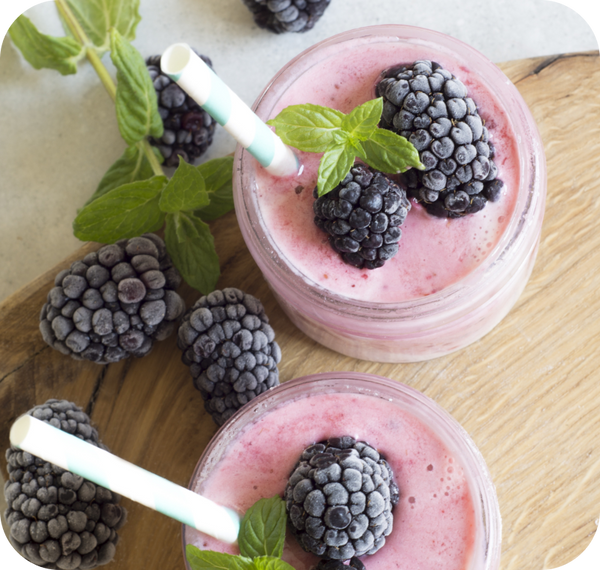Sugar Daily
Limit Calculator
Are you curious about how much sugar is okay to eat in a day? Well, you've come to the right place. In this article, we'll dive into the world of sugar, exploring how to calculate your daily sugar intake and provide you with some awesome tools and tips to keep your sugar consumption in check. So, let's sweeten our knowledge and find out how to enjoy sugar in moderation!
Awesome Sugar Intake Calculator
Before we jump into the nitty-gritty, let's introduce you to a fantastic tool – the Sugar Intake Calculator. This tool helps you figure out how much sugar you can enjoy each day without overdoing it. All you need to do is plug in a few details like your age, gender, and activity level, and voilà! The calculator will give you a personalized recommendation for your daily sugar limit. It's like having your own sugar superhero looking out for you!
How Do We Calculate Daily Sugar Intake?
Calculating your daily sugar intake isn't as hard as you might think. It's all about understanding your body's needs. Your age, gender, and activity level play a big role in determining how much sugar your body can handle. The Sugar Intake Calculator uses these factors to estimate the amount of sugar that won't lead to a sugar rush. Your gender and age, along with activity level determine the amount of calories you should be consuming in a day. Once the number of calories has been determined, we calculate 10% of that calorie intake, and then divide by 4 to convert the sugar you can consume into grams!
Sedentary - Your lifestyle includes light physical activity in your day-to-day life.
Moderately Active - Your lifestyle includes activity equivalent to walking 1.5 to 3 miles per day at 3 to 4 miles per hour.
Active - Your lifestyle includes the equivalent of walking more than 3 miles per day at 3 to 4 miles per hour.
Where to find the nutritional information for sugar?
When it comes to making informed dietary choices, understanding nutritional information is key, especially when it comes to sugar. Whether you're tracking your sugar intake or simply aiming for a balanced diet, knowing where to find this information is crucial. Here's a brief guide to help you locate nutritional details about sugar in foods and beverages.
- Nutrition Labels: One of the most accessible sources of nutritional information is right on the packaging of the food itself. Nutrition labels, typically found on the back or side of the packaging, provide a breakdown of various nutrients, including sugar. Look for the "Total Sugars" line, which includes both natural and added sugars. This value is usually presented in grams.
- Online Databases and Apps: Numerous online databases and smartphone apps offer extensive nutritional information for a wide range of foods and beverages. These resources allow you to search for specific items and get detailed insights into their nutritional content, including sugar. Some popular apps even let you scan barcodes for instant nutritional information while grocery shopping.
- Company Websites: Many casual restaurants provide detailed nutritional information on their official websites. If you're curious about a particular product's sugar content, visit the company’s website (take Chipotle for example). This can be particularly useful for products with complex ingredients or unique nutritional profiles.
Recommended Sugar Limit Per Day
Now that you've got your personal sugar goal, let's dig deeper into what it means. The general recommendation for daily sugar intake is less than 25 grams for kids, 36 grams for men and 25 grams for women. But keep in mind, these are just guidelines. Your individual needs might be a bit different, and that's where the Sugar Intake Calculator shines!
















































